Learn about the history of the Boston Tea Party
The Boston Tea Party is one of those iconic moments in American history that combines the thrill of rebellion with the charm of a tea party—minus the crumpets, of course. On a chilly December night in 1773, a group of American colonists, frustrated with British rule, took a stand against unfair taxation. This wasn’t just any protest; it was a theatrical display of defiance that would eventually lead to the American Revolution. Let’s dive into this historic brew and explore the key ingredients that made the Boston Tea Party a turning point in history.
Setting the Scene: Colonial America in the 1770s
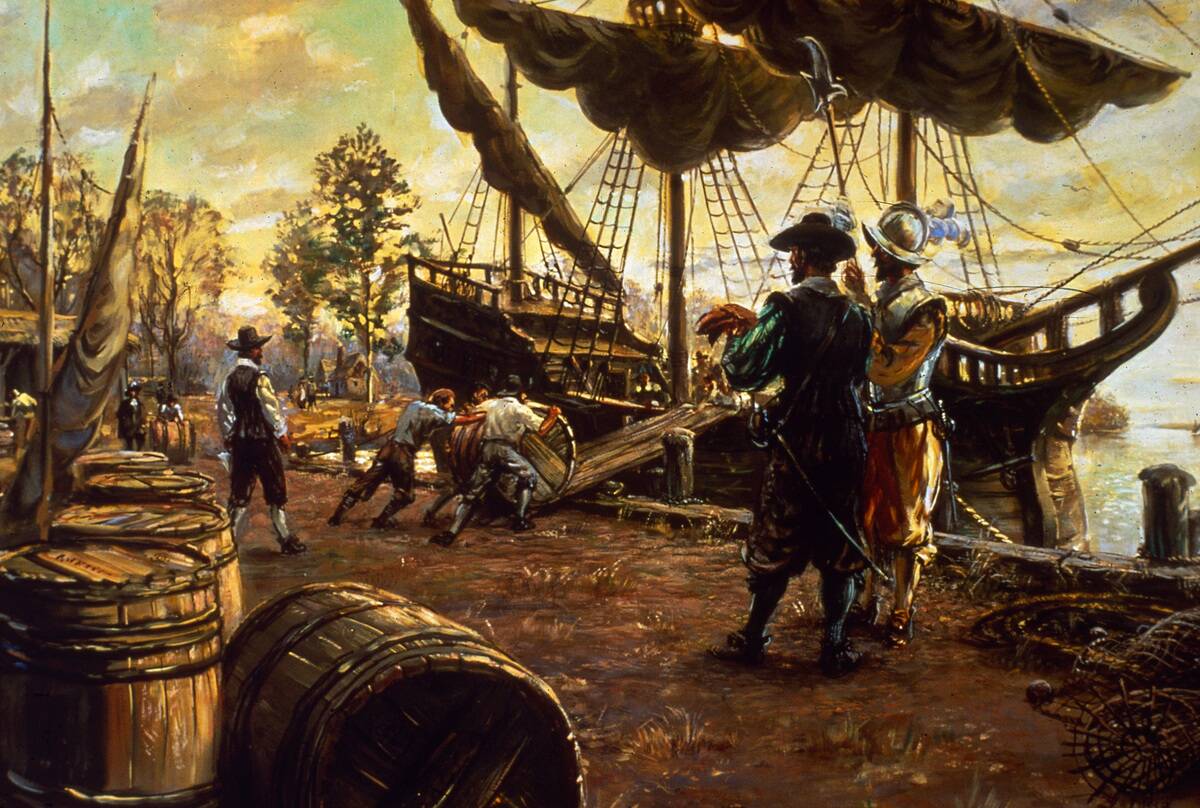
Colonial America in the 1770s was a place of bustling towns and growing discontent. Thirteen colonies stretched along the Atlantic coast, each with its own unique character yet unified by a common frustration with British rule. While the population was diverse, the majority were English-speaking settlers who felt the pinch of British taxes and laws. The colonies were also experiencing economic growth, which only fueled their desire for greater autonomy. Against this backdrop, tensions simmered, ready to boil over.
Brewing Tensions: The Road to Revolution
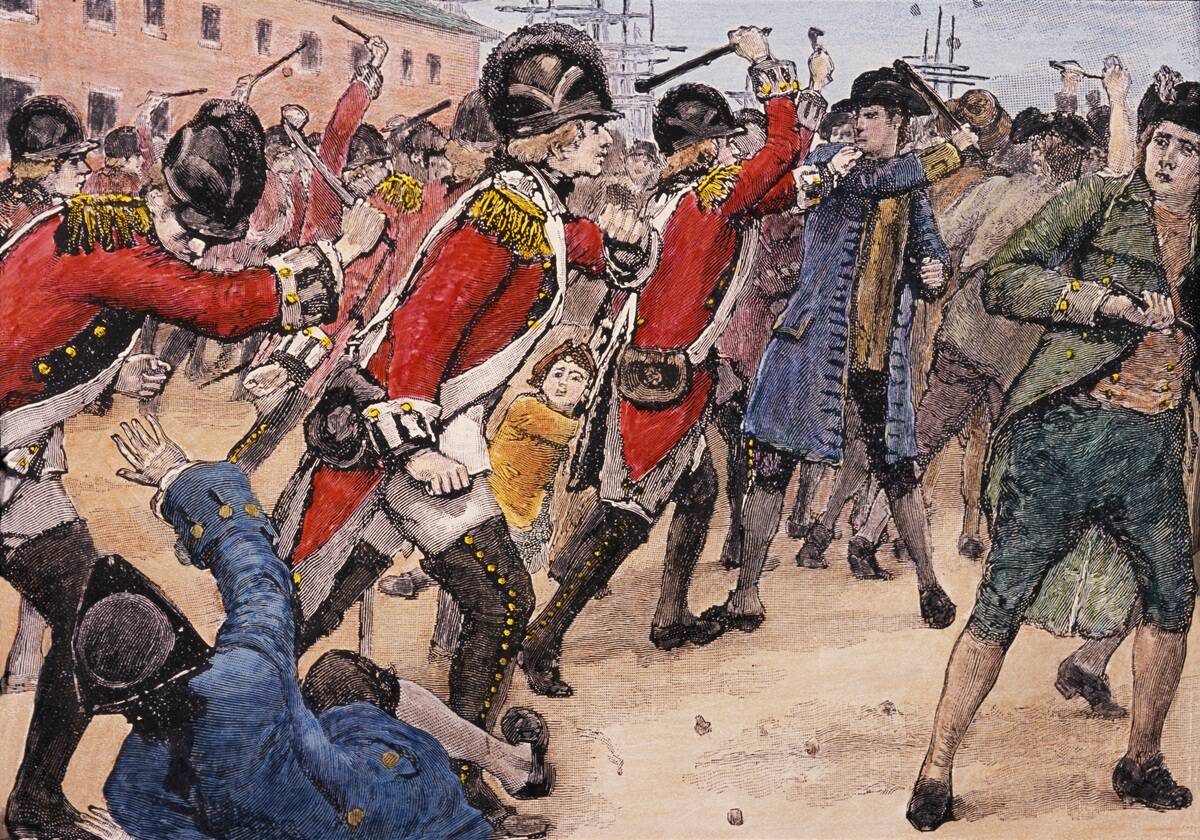
The road to revolution was paved with many grievances, chief among them being the lack of representation in the British Parliament. Colonists were increasingly unhappy about being taxed by a government across the ocean in which they had no say. This sentiment was encapsulated in the popular slogan “No taxation without representation.” The British government’s attempts to exert more control over the colonies only fanned the flames of rebellion, setting the stage for a historic showdown.
Taxation without Representation: The Catalyst
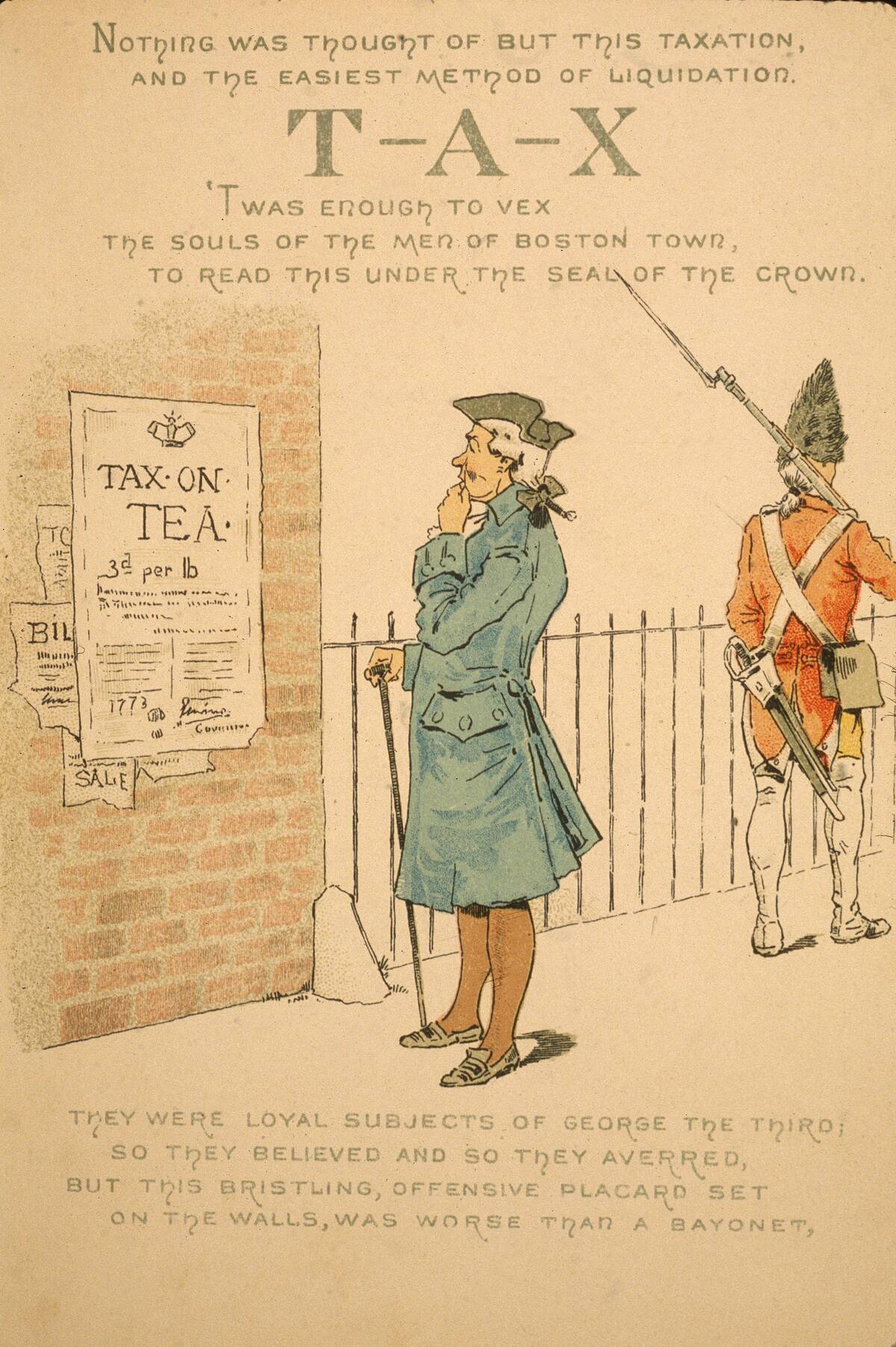
The concept of taxation without representation was more than a catchy phrase; it was the rallying cry that united the colonists. The British imposed several taxes, including the Stamp Act and the Townshend Acts, which were met with fierce opposition. These taxes were seen as unjust, as the colonists had no voice in the decisions made by the distant British Parliament. This feeling of powerlessness and injustice became the catalyst for organized resistance, culminating in the Boston Tea Party.
The Tea Act of 1773: A Steep Price for Colonists
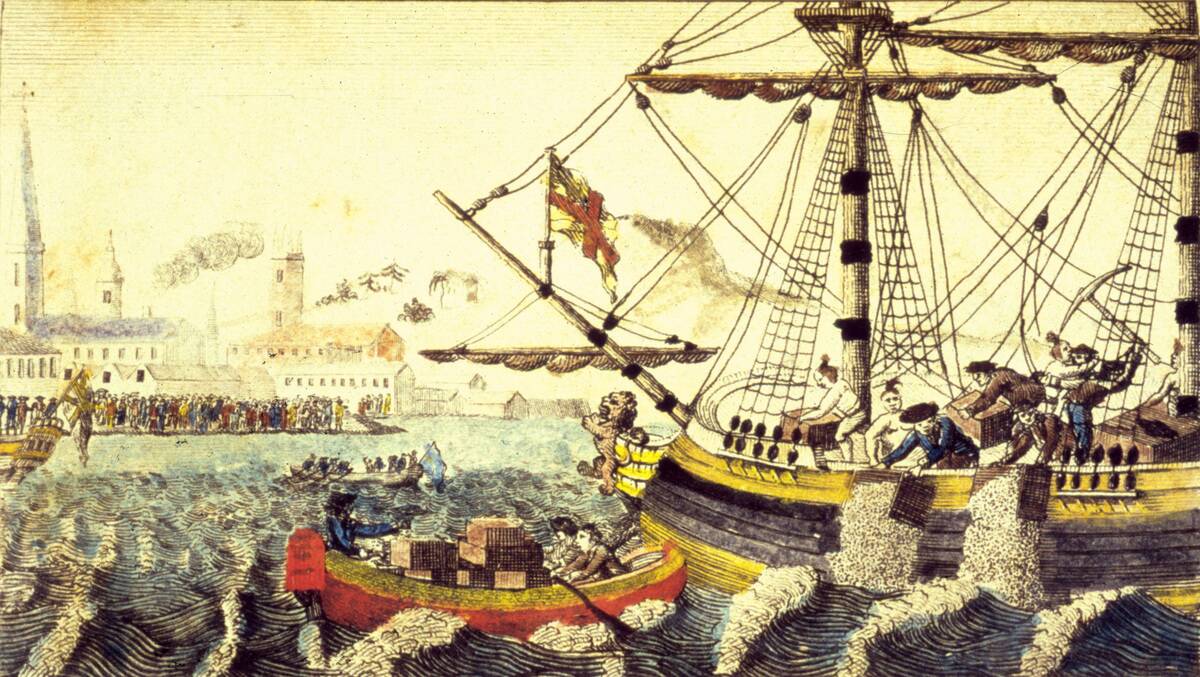
The Tea Act of 1773 was the final straw for many colonists. While it actually lowered the price of tea, it granted the British East India Company a monopoly on tea sales in the colonies. This meant that local merchants were cut out of the profitable tea trade, and the colonists saw it as another example of Britain’s overreach. The act was intended to bail out the struggling East India Company, but it only served to deepen colonial resentment and mobilize protest.
Meet the Patriots: Key Figures Behind the Rebellion
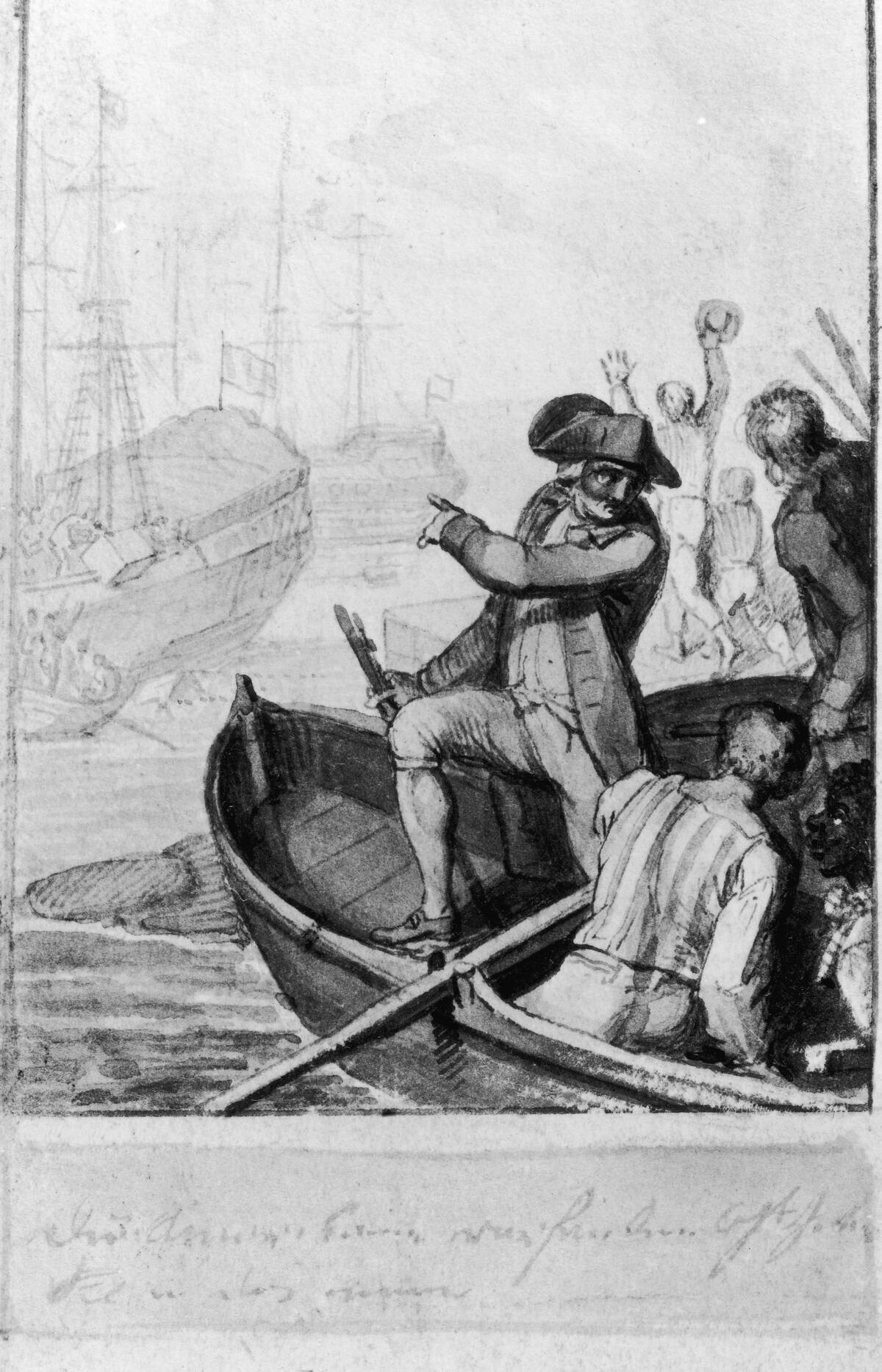
A host of key figures emerged as leaders of the colonial resistance. Samuel Adams, a fiery orator and politician, was central in organizing protests and rallying support. John Hancock, a wealthy merchant, used his influence to aid the cause. Paul Revere, famous for his midnight ride, was another important patriot, spreading messages and news across the colonies. These individuals and others formed a network that coordinated efforts to resist British policies, leading to the historic events of 1773.
The Sons of Liberty: The Secret Society Stirring the Pot
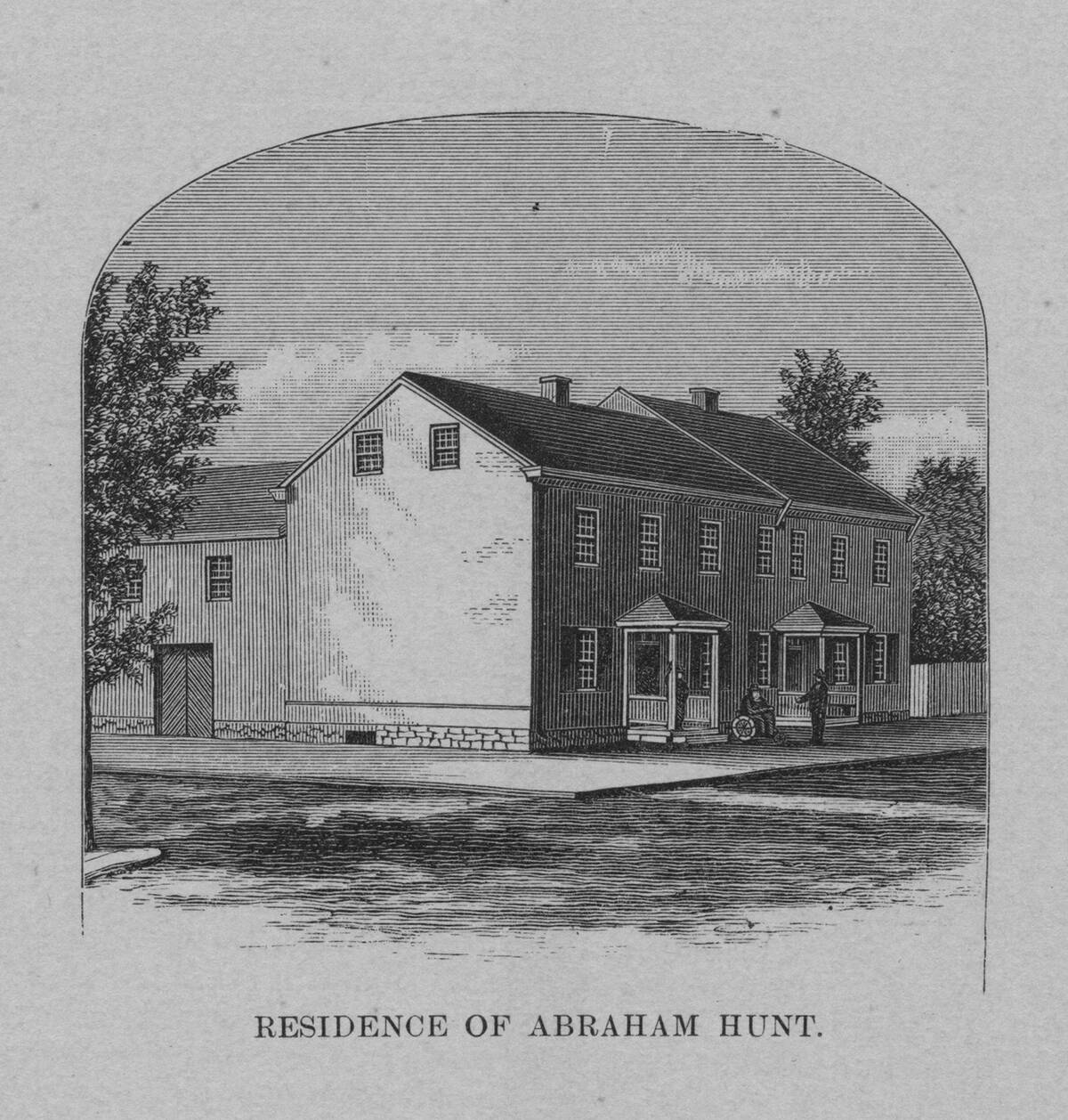
The Sons of Liberty was a secret society formed to protect the rights of the colonists and to fight taxation by the British government. This group, which had chapters in several colonies, was instrumental in organizing and executing the Boston Tea Party. They used tactics like intimidation and propaganda to challenge British authority. Their clandestine meetings and bold actions kept the spirit of resistance alive, drawing in members who were willing to risk everything for the cause of freedom.
The Calm Before the Storm: Boston in December 1773
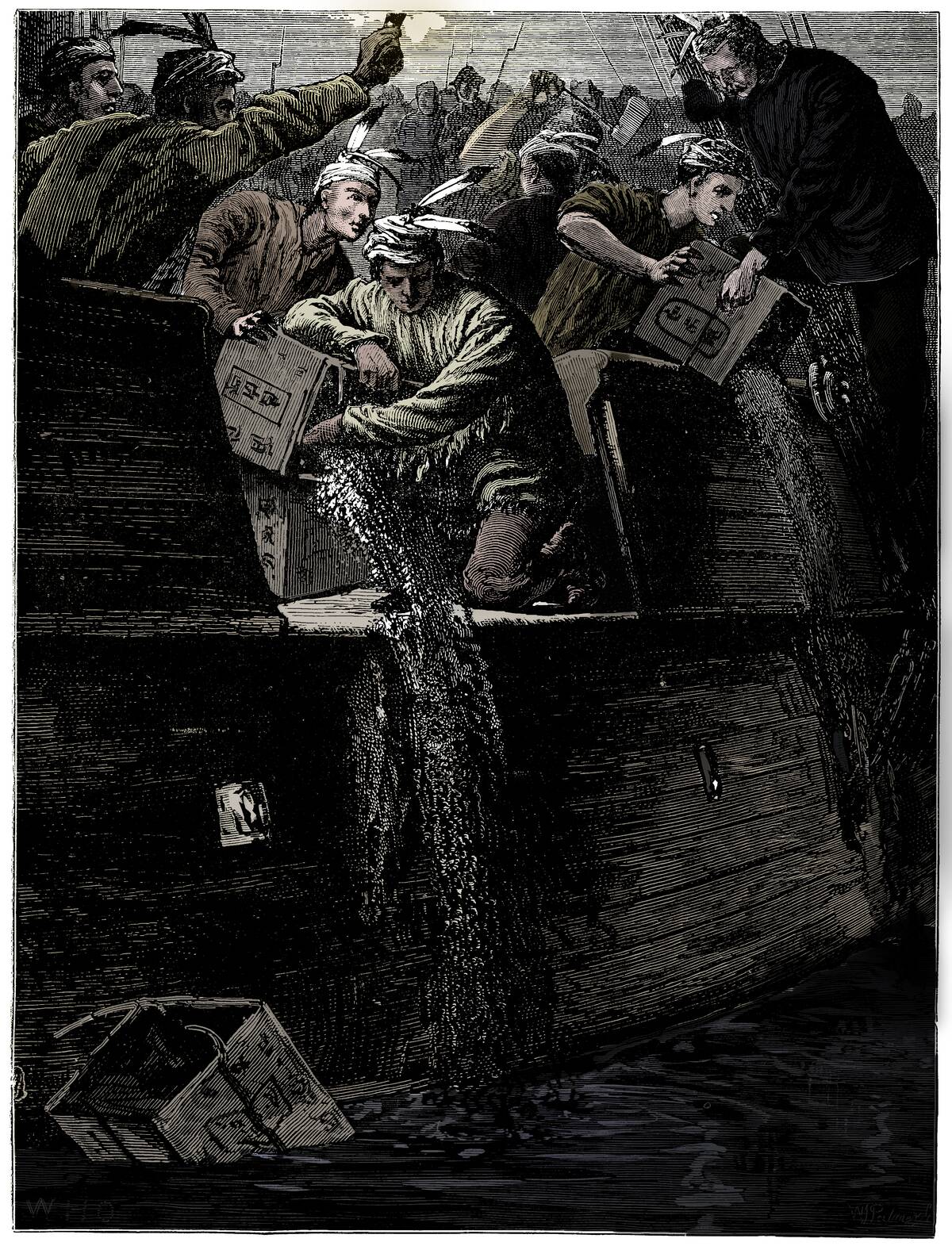
Boston in December 1773 was a city on edge. The arrival of British tea ships in the harbor set the stage for conflict. Tensions were high as meetings were held at the Old South Meeting House, where thousands of colonists gathered to discuss their next move. Despite the cold, there was a palpable sense of urgency and determination. The colonists knew they were on the brink of a significant confrontation, and the air was thick with anticipation.
The Fateful Night: December 16, 1773
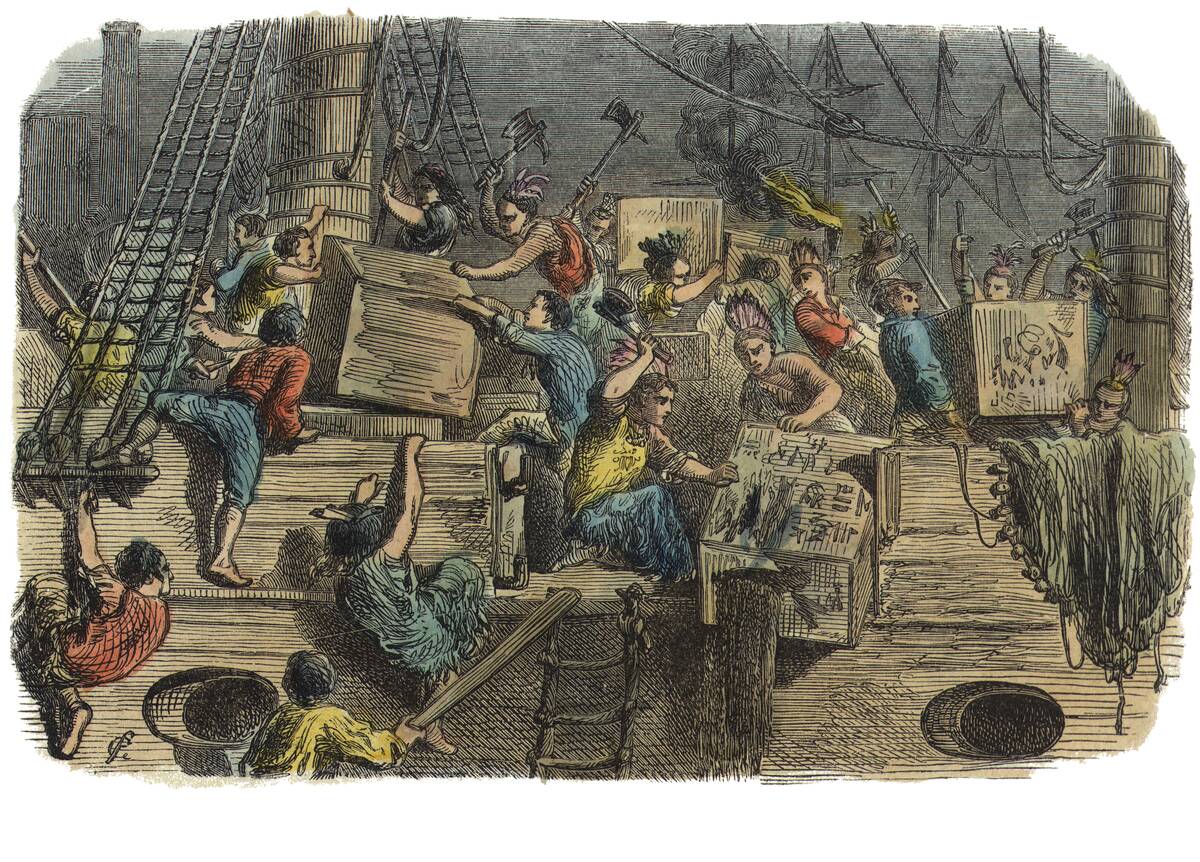
On the night of December 16, 1773, the stage was set for action. A group of colonists, some disguised as Mohawk Indians, gathered at Griffin’s Wharf. With a shared resolve and a touch of theatrical flair, they boarded the British ships and dumped 342 chests of tea into Boston Harbor. This daring act of defiance was carried out with military precision, and remarkably, without any violence. It was a bold statement that echoed around the world, signaling the dawn of a new era.
Disguises and Deception: Mohawk Costumes and Their Significance
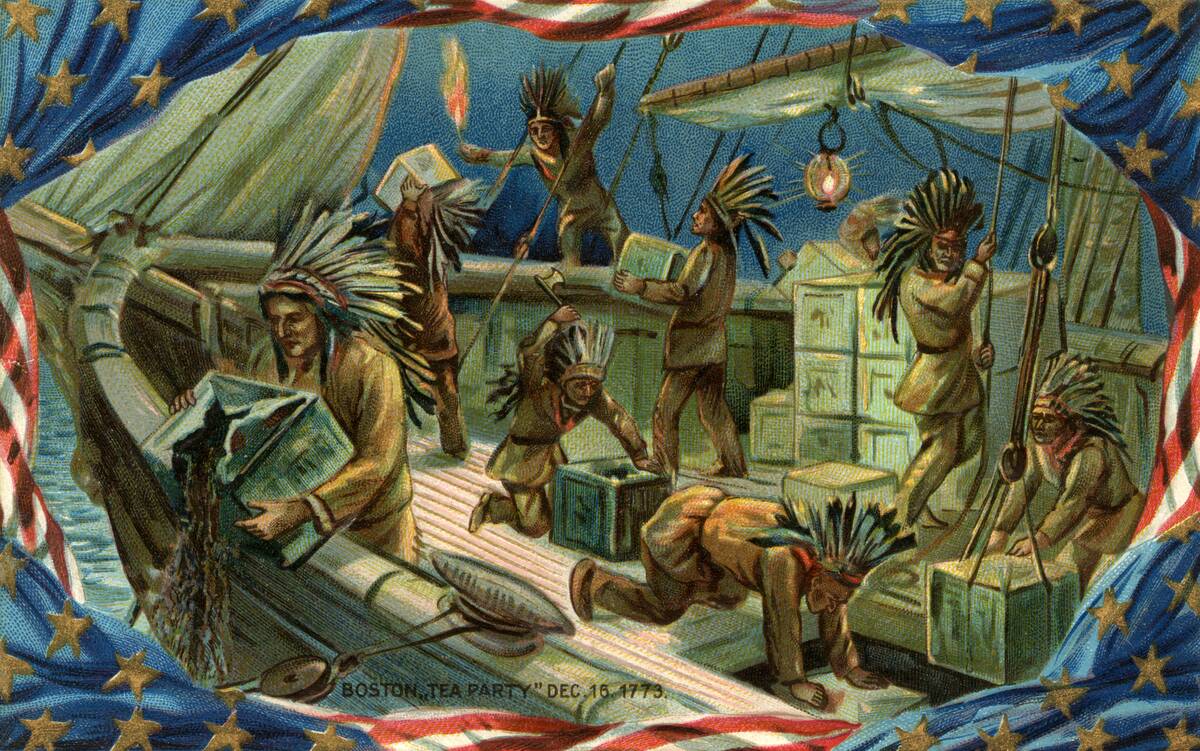
The choice to disguise themselves as Mohawk Indians was both symbolic and strategic. The costumes allowed the participants to hide their identities, protecting them from potential retribution. By aligning themselves with native imagery, the colonists signaled their desire for independence. This clever use of disguise added an element of drama to the protest, capturing the imagination of those who heard the tale.
The Act of Defiance: Dumping the Tea into Boston Harbor
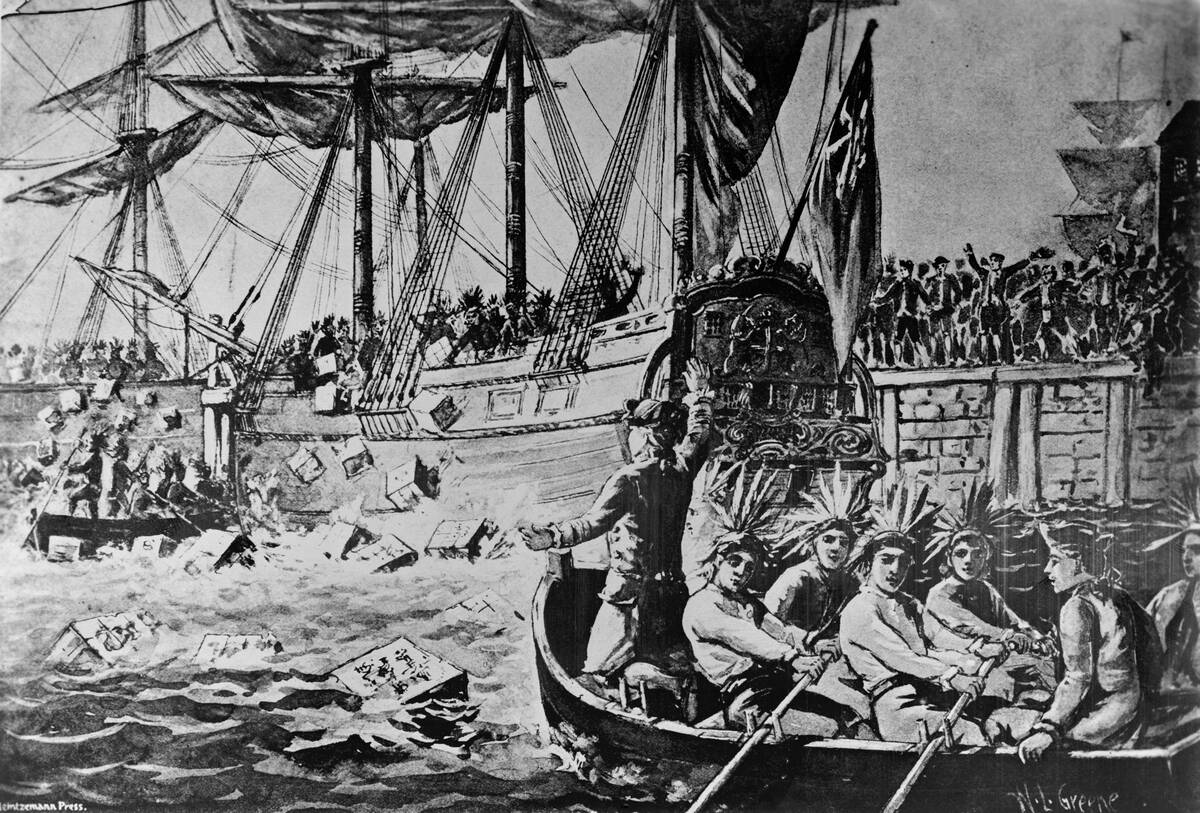
Dumping the tea into Boston Harbor was a calculated act of defiance. The colonists knew the financial impact this would have on the British East India Company and, by extension, the British government. The loss of the tea, valued at about £10,000 at the time, was a significant blow. The act was meant to be a clear message: the colonies would not be bullied into submission. It was a bold gamble that paid off by rallying support for the burgeoning independence movement.
The Aftermath: British Reaction and Retaliation
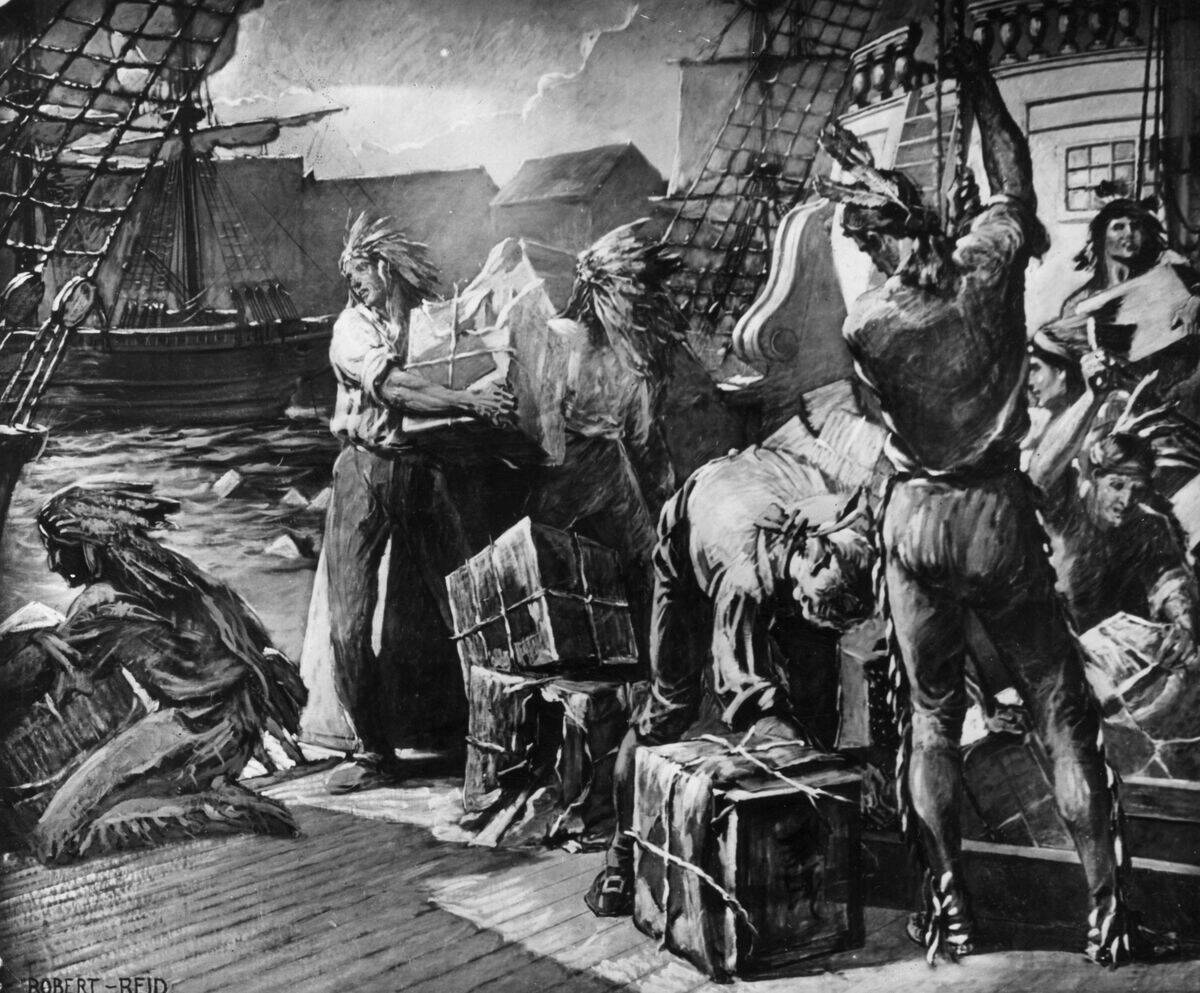
The British reaction to the Boston Tea Party was swift and severe. The government viewed the destruction of the tea as a direct challenge to its authority. In retaliation, they enacted the Coercive Acts, known to the colonists as the Intolerable Acts. These laws closed Boston Harbor until the tea was paid for, altered the Massachusetts government, and allowed British troops to be quartered in private homes. These harsh measures only served to unify the colonies further against British rule.
A Ripple Effect: How the Event United the Colonies
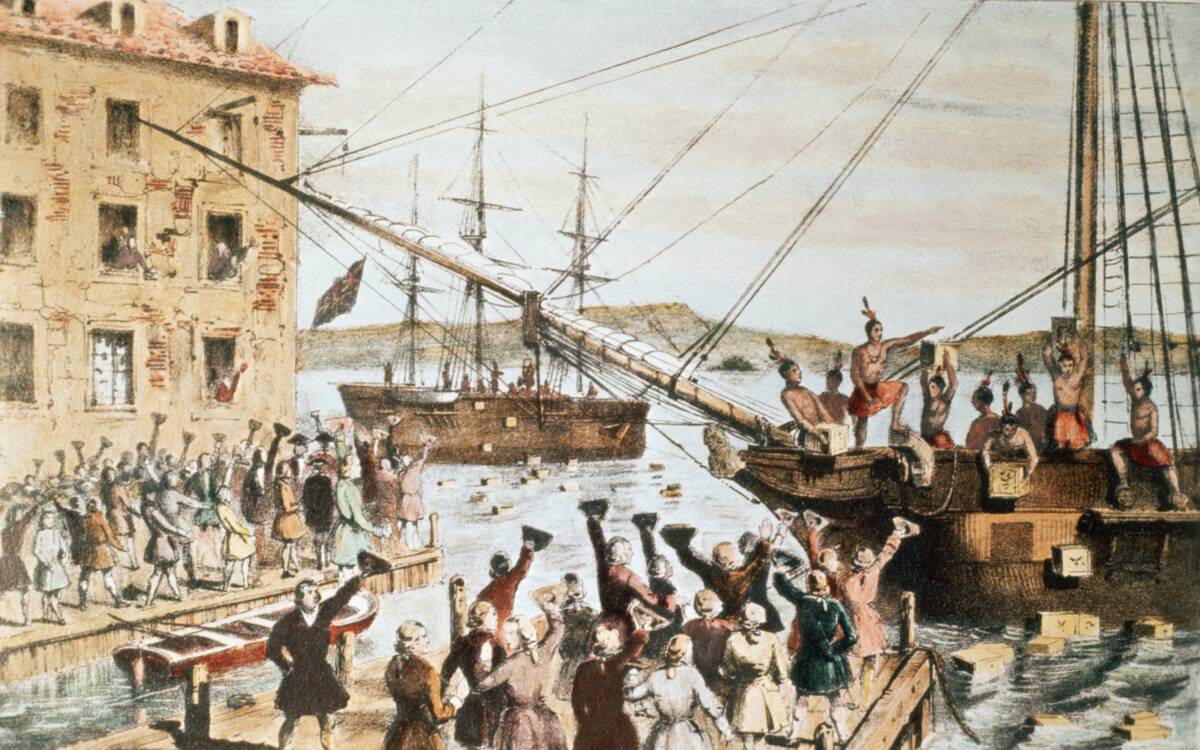
The Boston Tea Party had a unifying effect on the colonies. News of the event spread quickly, and it was met with both admiration and solidarity. Other colonies expressed their support for Boston by sending food and supplies to help the city cope with the blockade. The shared experience of British oppression helped to forge a sense of national identity among the disparate colonies. This unity was crucial in the lead-up to the First Continental Congress and the eventual declaration of independence.
The Intolerable Acts: Britain’s Harsh Response
![Illustration of the [redacted] Tea Party](https://media.tellmebest.com/wp-content/uploads/2023/09/illustration-of-the-boston-tea-party-97172.jpeg)
The Intolerable Acts were Britain’s attempt to reassert control over the colonies, but they had the opposite effect. These acts included measures like closing Boston Harbor and revoking the Massachusetts Charter, which outraged colonists across America. Instead of isolating Boston, the acts galvanized support from other colonies, who saw them as a threat to their own liberties. The legislation was a misstep that helped to solidify the colonial resistance and set the stage for the Revolutionary War.
Echoes of Rebellion: The Boston Tea Party’s Legacy
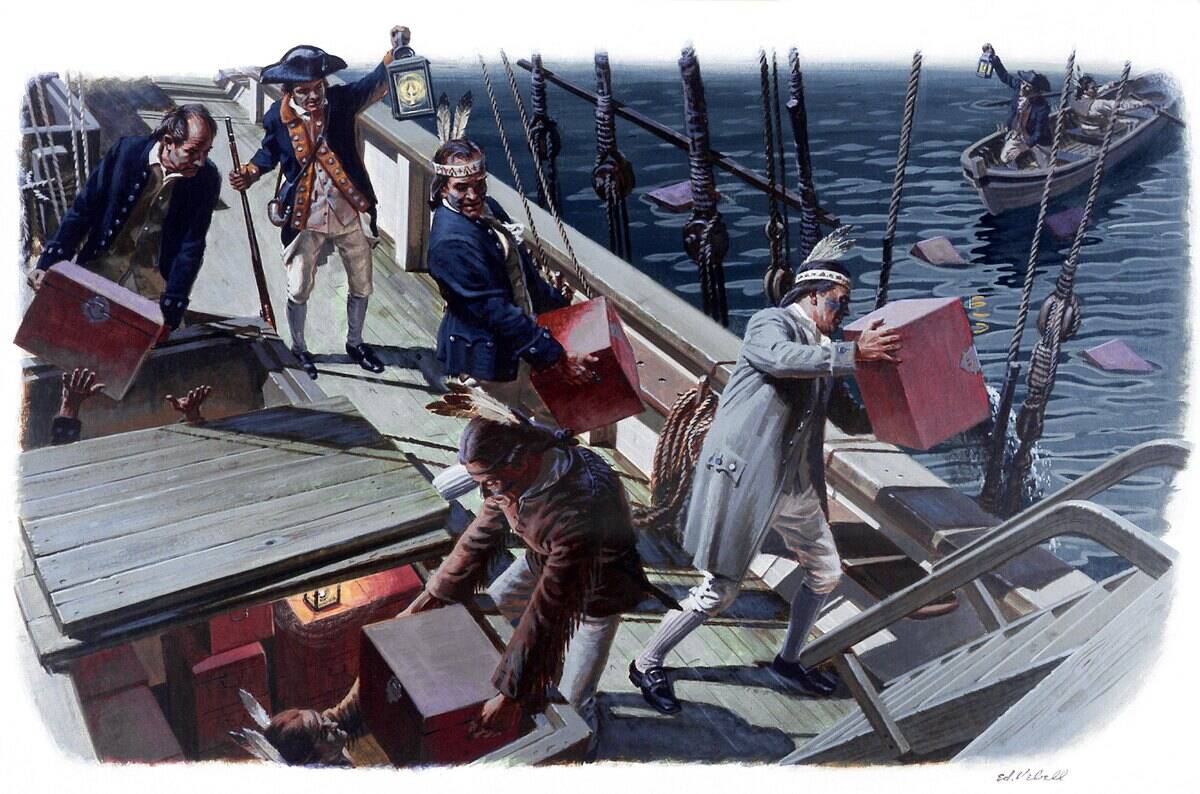
The legacy of the Boston Tea Party extends far beyond the shores of Boston Harbor. It stands as a symbol of the power of collective action and resistance against tyranny. The event is celebrated as a pivotal moment in the American struggle for independence, inspiring future generations to stand up against injustice. Today, the Boston Tea Party remains a powerful reminder of the importance of liberty and self-determination, echoing through history as a testament to the enduring spirit of rebellion.



